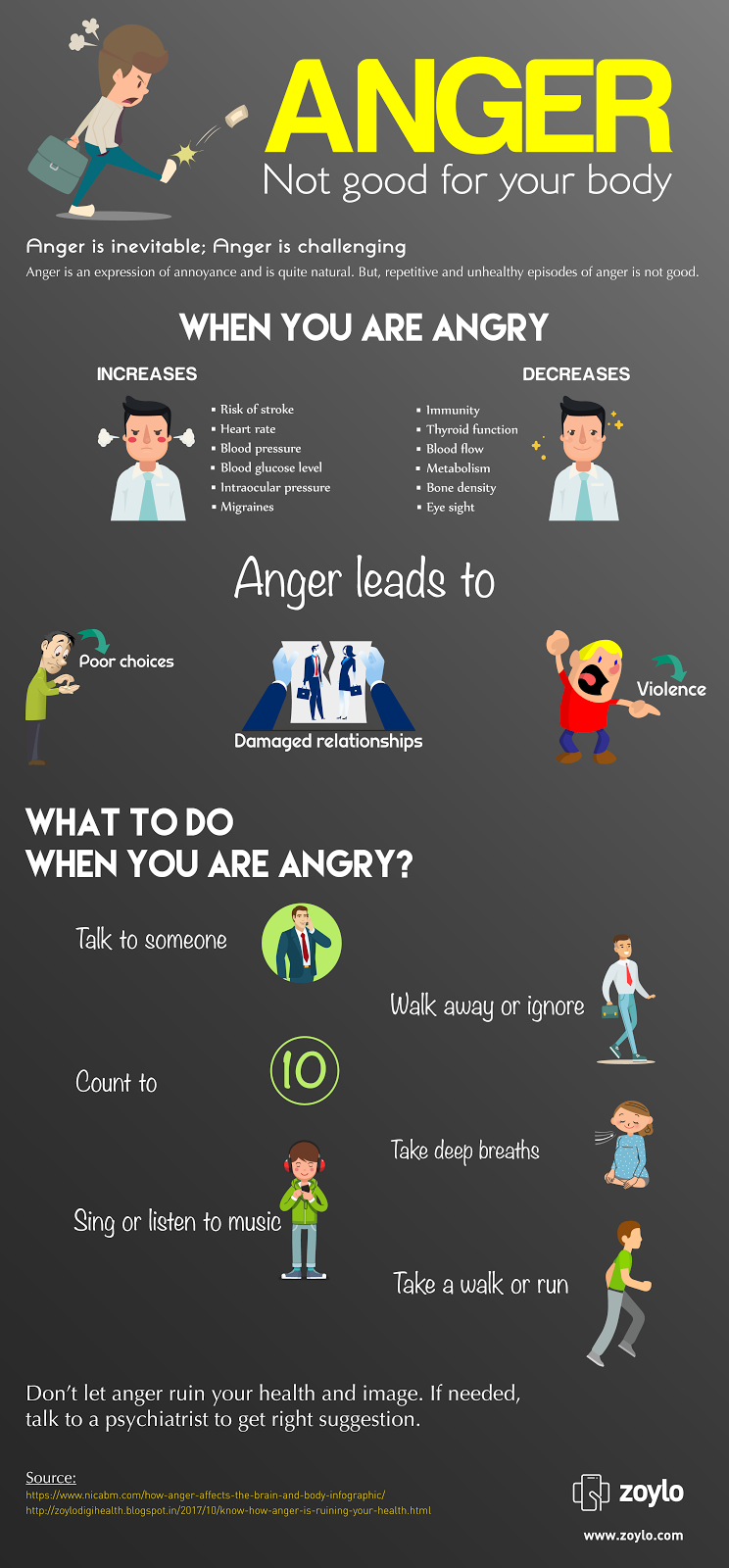What Is Somatic Therapy For Trauma
What Is Somatic Therapy For Trauma
Blog Article
Just How Do Mood Stabilizers Work?
Mood stabilizers aid to soothe locations of the brain that are influenced by bipolar affective disorder. These drugs are most effective when they are taken consistently.
It may take a while to locate the ideal medication that functions finest for you and your doctor will certainly monitor your problem throughout therapy. This will entail routine blood tests and potentially a modification in your prescription.
Neurotransmitter guideline
Neurotransmitters are a team of chemicals that control one another in healthy and balanced individuals. When degrees end up being out of balance, this can cause mood conditions like depression, anxiousness and mania. Mood stabilizers aid to avoid these episodes by aiding control the balance of these chemicals in the brain. They also might be used together with antidepressants to enhance their efficiency.
Medications that function as mood stabilizers consist of lithium, anticonvulsants and antipsychotics. Lithium is perhaps one of the most well known of these medicines and jobs by impacting the circulation of sodium via nerve and muscle cells. It is frequently used to deal with bipolar disorder, however it can also be practical in treating other state of mind disorders. Anticonvulsants such as valproate, lamotrigine and carbamazepine are likewise effective mood maintaining medications.
It can spend some time to find the ideal sort of medication and dose for each and every person. It is necessary to work with your physician and take part in an open dialogue concerning how the drug is benefiting you. This can be specifically helpful if you're experiencing any type of negative effects.
Ion channel modulation
Ion networks are a significant target of mood stabilizers and numerous various other drugs. It is now well developed that they are vibrant entities that can be modulated by a range of outside stimulations. In addition, the inflection of these networks can have a range of temporal effects. At one extreme, modifications in gating characteristics might be fast and instant, as in the nicotinic acetylcholine receptor/channel system. At the various other end of the range, covalent modification by protein phosphorylation may lead to adjustments in network function that last longer.
The field of ion network inflection is inpatient mental health care getting in a period of maturity. Recent research studies have actually shown that transcranial concentrated ultrasound (US) can stimulate neurons by triggering mechanosensitive potassium and salt networks installed within the cell membrane layer. This was demonstrated by expressed channels from the two-pore domain potassium household in Xenopus oocytes, and concentrated United States dramatically modulated the current flowing through these channels at a holding voltage of -70 mV (ideal panel, family member result). The outcomes follow previous monitorings revealing that antidepressants influencing Kv networks regulate glia-neuron interactions to opposite depressive-like behaviors.
Neuroprotection
Mood stabilizers, like lithium, valproic acid (VPA), and carbamazepine, are important in the treatment of bipolar affective disorder, which is defined by frequent episodes of mania and clinical depression. These medicines have neuroprotective and anti-apoptotic properties that help to prevent mobile damages, and they additionally boost mobile strength and plasticity in useless synapses and neural wiring.
These protective actions of mood stabilizers might be mediated by their restraint of GSK-3, inositol signaling, and HDAC task. Moreover, lasting lithium therapy secures against glutamate excitotoxicity in cultured neurons-- a model for neurodegenerative disorders.
Studies of the molecular and cellular results of state of mind stabilizers have actually revealed that these medicines have a large range of intracellular targets, including several kinases and receptors, as well as epigenetic modifications. Refresher course is required to figure out if state of mind stabilizers have neurotrophic/neuroprotective actions that are cell type or circuitry details, and just how these impacts may complement the rapid-acting therapeutic feedback of these representatives. This will certainly help to develop brand-new, much faster acting, a lot more efficient treatments for psychological health problems.
Intracellular signaling
Cell signaling is the process by which cells communicate with their setting and various other cells. It involves a sequence of action in which ligands engage with membrane-associated receptors and result in activation of intracellular pathways that manage necessary downstream cellular functions.
State of mind stabilizers act upon intracellular signaling with the activation of serine-threonine protein kinases, causing the phosphorylation of substrate proteins. This turns on signaling cascades, leading to adjustments in genetics expression and cellular feature.
Lots of mood stabilizers (consisting of lithium, valproate and lamotrigine) target intracellular signaling pathways by inhibiting details phosphatases or triggering specific kinases. These results trigger a decrease in the task of these pathways, which brings about a decrease in the synthesis of certain chemicals that can influence the brain and lead to signs and symptoms of anxiety or mania.
Some state of mind stabilizers likewise work by improving the activity of the repressive neurotransmitter gamma-aminobutryic acid (GABA). This boosts the GABAergic transmission in the brain and reduces neural task, thereby generating a calming result.